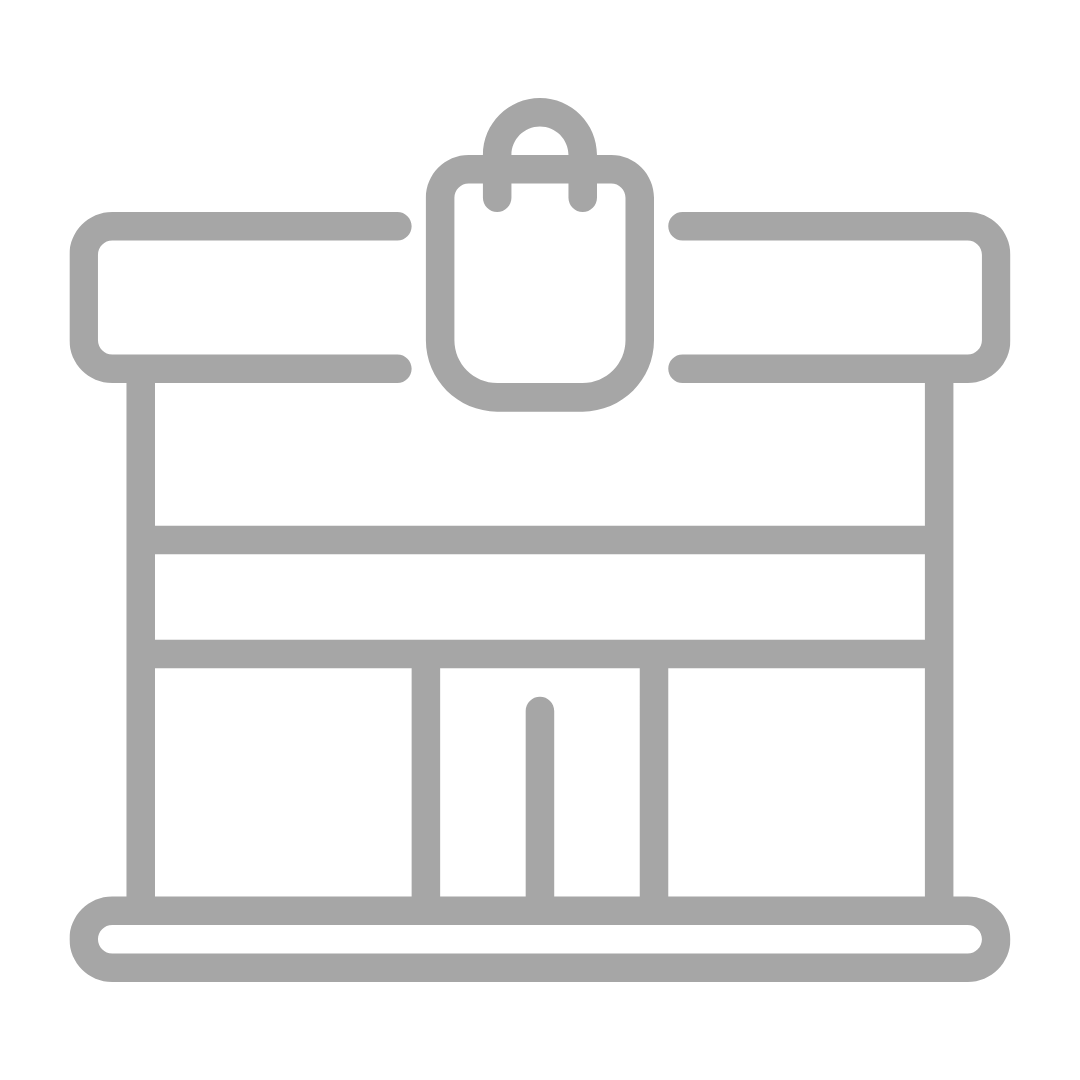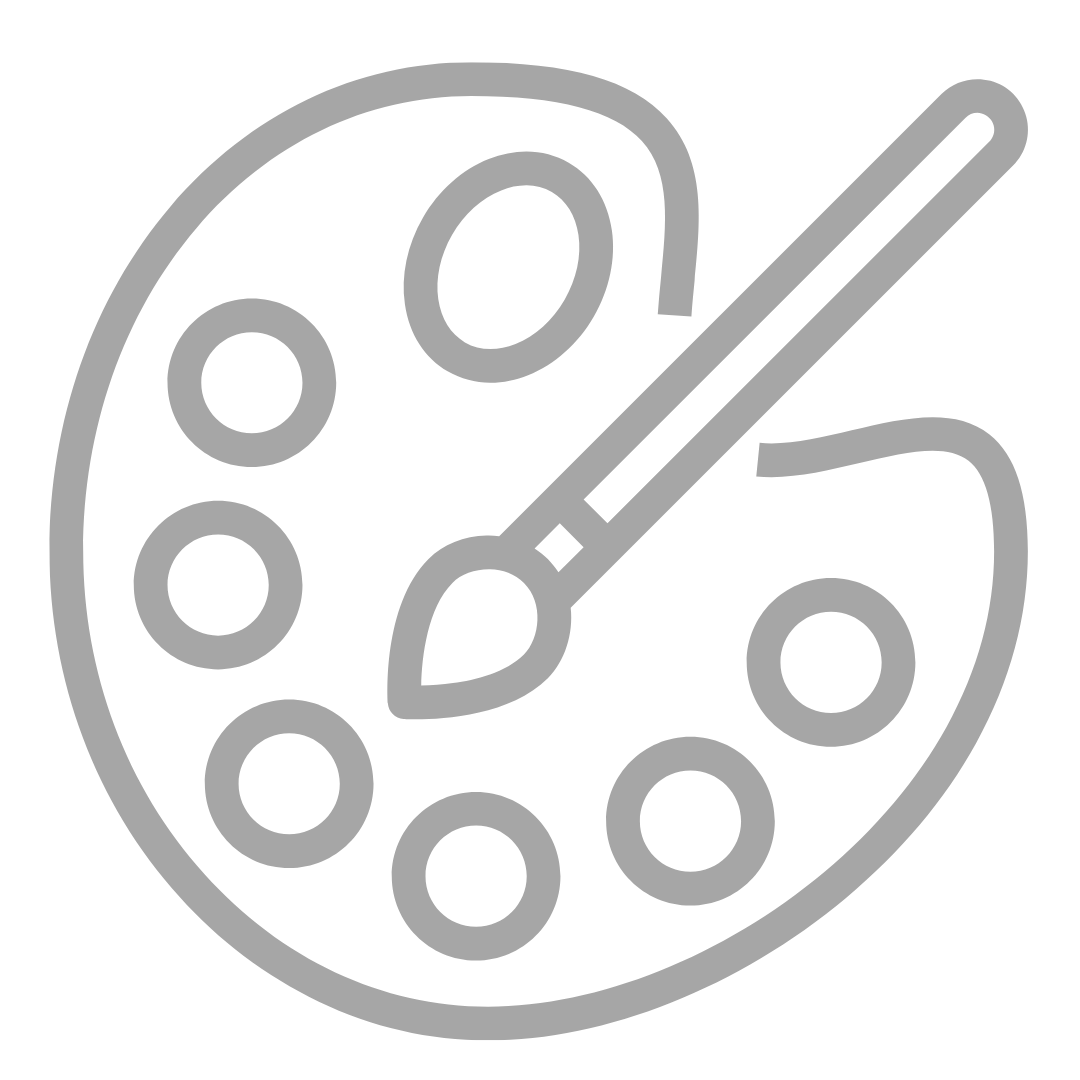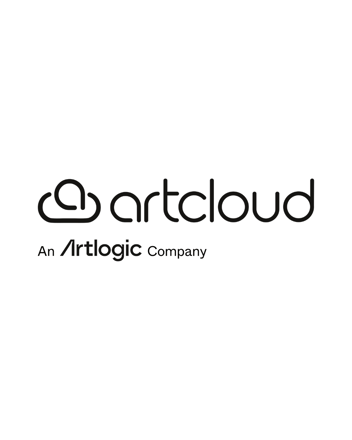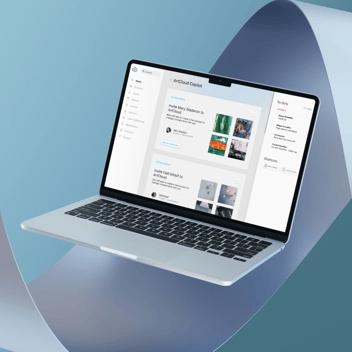Creativity in the Age of AI: Rethinking Art, Aura, and the lovely messiness of mankind
3 minute read
A few thoughts on AI and the Art World

Eadweard Muybrid's Horse in Motion
Art has always been a by-product of the current times, a reflection of cultural shifts, technological advancements, and evolving notions of creativity. Today, as artificial intelligence begins to permeate the art world, it challenges us to rethink not only how art is made but also what makes it meaningful. What happens to creativity when algorithms can compose music, generate paintings, and even mimic the styles of great masters? What becomes of the elusive “aura” of a piece of art in a world where machines can replicate it at scale? And where does the human touch fit into this rapidly changing landscape?
AI’s role in the creative process is both thrilling and unsettling. Tools like DALL-E, MidJourney, and ChatGPT can produce seemingly(?) unbelievable works in seconds, blending styles, themes, and techniques in ways that might take a human artist months or even years to accomplish. For some, this democratization of creation is a revelation, offering tools to those who might otherwise lack the technical skills or time to create. For others, it raises difficult questions: If a machine can “think” creatively, what does that mean for human creativity? This is a big if. AI today is less of a creative thinker and more a patchwork plagiarist, stitching together bits of relevant content it’s been trained on.
The truth is, AI doesn’t create in the same way we do. It doesn’t feel, interpret, or experience the world. It’s never fallen in love, it’s never hoped for something that didn’t work out. It’s never felt the joy of a job well done. Its output is a synthesis of data, an amalgamation of patterns, styles, and ideas drawn from what humans have already made. If anything you can think about it as a kaleidoscope to the past. Works not made from ideas we’ve all evolved from. Creativity, in its human form, is more than the arrangement of elements; it’s a deeply personal act of expression, shaped by emotion, context, and the artist’s unique perspective. AI can emulate, but it cannot fully embody this depth. The human condition is something special to us. It’s messy and it’s lovely and it’s authentic and that will always be special.
The German philosopher Walter Benjamin famously wrote about the “aura” of art the unique presence of a work that cannot be replicated, rooted in its history, context, and the artist’s touch. In the age of AI, this concept becomes even more relevant. When machines can generate near-perfect replicas of existing works or create entirely new pieces that mimic human styles, what gives a work its specialness? Is a giclee as special as an original?
The answer might lie in intention and authenticity. An original Van Gogh is not valuable solely for its appearance; it carries the story of Van Gogh himself, his life experience, his perspective, and the era in which he lived. Similarly, handmade art carries the marks of its creation: the imperfections, the decisions, and the labor of the artist. These elements form an emotional connection between the creator and the viewer, something that no algorithm can replicate.
In a world where digital and AI-generated art becomes increasingly prevalent, handmade works will hold an even greater allure. They represent not just skill but a connection to tradition, craft, and individuality. It represents time and energy and commitment. Wouldn’t we all rather receive a handwritten letter from our crush over a 3 line Instagram DM?
This desire for the handmade is deeply ingrained in us. It reflects our need for authenticity in a time of rapid technological change. Just as farm-to-table food has become a luxury in an age of industrial agriculture, handmade art will remain a symbol of uniqueness and care—a tangible reminder of the human capacity to create.
Rather than viewing AI as a threat to creativity, we might see it as a partner. AI can expand the boundaries of what’s possible, serving as a tool for experimentation and inspiration. It can help artists visualize concepts, explore new techniques, and even collaborate in unexpected ways. But it cannot replace the human spirit that drives art.
The true potential of AI in the art world lies in how we use it, not as a substitute for creativity but as a catalyst for it. By blending the capabilities of machines with the irreplaceable ingenuity of humans, we can push the boundaries of what art can be.
As AI continues to reshape the art world, it forces us to confront profound questions about creativity, value, and the human experience. What makes something special in an era of infinite reproduction? How do we balance the allure of technological innovation with the timeless appeal of the handmade?
The answers will likely lie in our ability to embrace both. The future of art is not a choice between the machine and the hand, it’s a product of the relationship between them. By valuing the unique qualities of each, we can ensure that creativity remains as dynamic and meaningful as ever.
For collectors and artists, this means recognizing the enduring importance of art that carries the human touch, even as we marvel at what technology can achieve. The handmade will not become obsolete; it will become a luxury, a treasure, and a testament to the irreplaceable power of human creativity in the digital age.

























